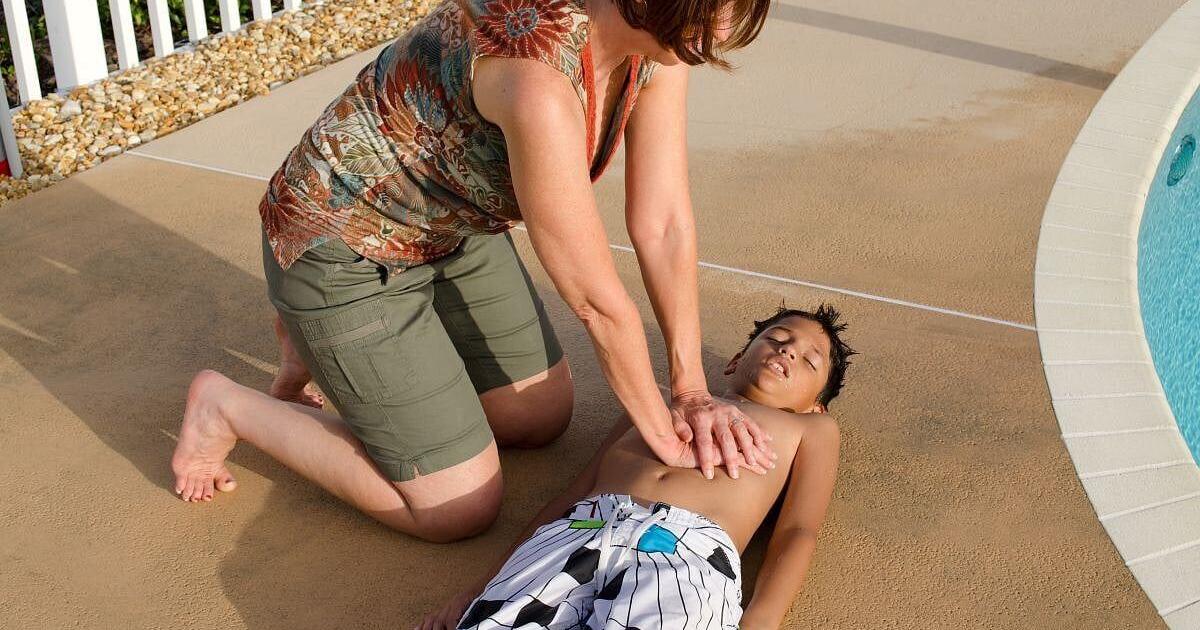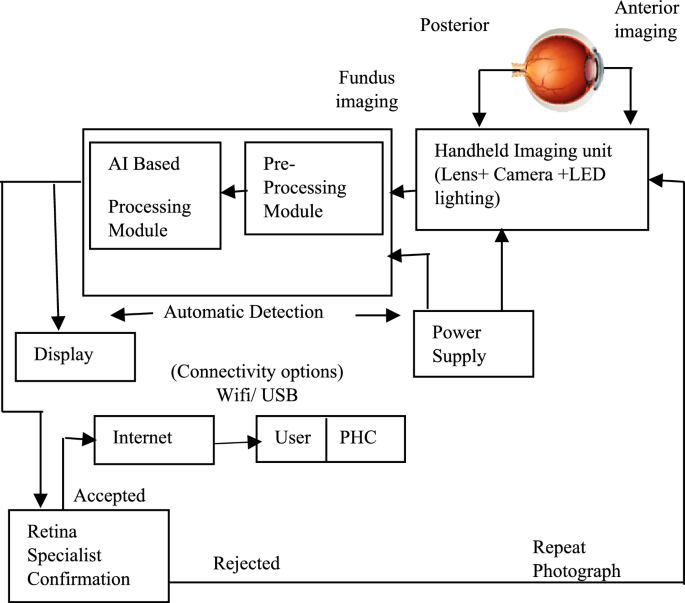Chronic Absenteeism: An Overlooked Vital Sign

A mother sat in the open, airy entrance to the Henderson-Hopkins School in East Baltimore one morning in early September. An enormous balloon arch in aqua, navy, and white framed the front doors. Signs welcomed students back to school, and a poster advertised the stuff of every elementary schooler’s dreams: field trips to a farm or, for older kids, the Baltimore Ravens stadium.
When a school administrator approached, the woman stood and spoke quickly. Her son was too sick to go to school yesterday, but he insisted on going today, she explained. She placed a hand on her son’s forehead and pursed her lips. “And now they’re sending him home, so he’s clearly sick.” But only students with perfect attendance for the month could go on the field trip. Would he still be able to go? Her son, about 8, stood next to her, his eyes wide and pleading above his surgical mask. The administrator nodded. If he was too sick for school, he should be at home, she said. They would make a note in the file. Mother and child looked relieved. The Ravens were still within reach.
In Baltimore, 48% of children are chronically absent from school. That means they miss at least 18 days each year, a tenth of the school year. It all adds up; chronically absent kids lose at least a full year of schooling over the course of their primary education. The trend is getting worse: Chronic absenteeism doubled after 2020. Once concentrated in parts of the country, “it is now everywhere. Almost every school is grappling with this issue,” says Catherine Falconer, PhD, FFPH, a 2024–25 visiting scholar with the Bloomberg School. Estimates of the national chronic absenteeism rate range in recent years from 23.5% to 28% of U.S. students are now chronically absent, though there are huge disparities by age, geography, race and ethnicity, and disability.
Chronic absenteeism can reflect current health problems—and foreshadow future ones. Researchers see absenteeism as another vital sign of the well-being of students, just like height, weight, and blood pressure. “It’s an early warning system, but also a determinant,” says Megan Tschudy, MD, MPH ’12, associate professor of pediatrics in the Johns Hopkins School of Medicine. “There are very few indicators that do that.”
It’s a pressing education problem—and a public health issue that has largely gone unnoticed. In the short term, chronic absenteeism can indicate issues with physical and mental health. Longer term, educational attainment is one of the strongest predictors of life expectancy, economic productivity, and well-being. Chronic absenteeism also affects other students’ ability to learn. “Success in school is really important for health,” says Joshua Sharfstein, MD, director of the Bloomberg American Health Initiative. “People who don’t graduate from high school die years earlier. Absenteeism is a sign of a problem, and it’s a sign that happens very early, and it’s a very easily measurable sign.”
The absenteeism problem is “a national public health emergency and crisis,” says Sara Johnson, PhD ’05, MPH ’01, director of the Rales Center for the Integration of Health and Education at Hopkins. “By not getting kids a really strong educational foundation, we threaten their long-term health and well-being.”
It’s not entirely clear why chronic absenteeism has soared since 2020. Some of the reasons existed before the pandemic but have worsened in recent years: transportation; violence inside and outside of the school; chronic illnesses like asthma; bullying; housing instability; mental health (of both caregivers and kids); financial instability; food insecurity; teacher shortages; concerns about educational quality; and a sense of disconnectedness from the school. And those reasons can intersect. “When a kid misses 30 days of the year, there might be seven reasons behind that at different times,” says Robert Balfanz, PhD, co-director at the Center for Social Organization of Schools at the Johns Hopkins School of Education.
link






